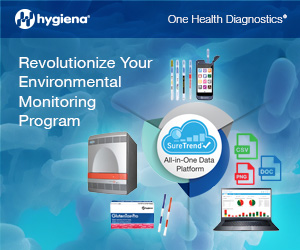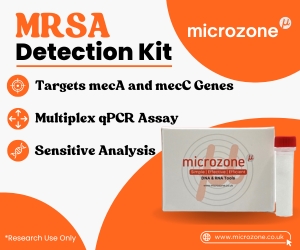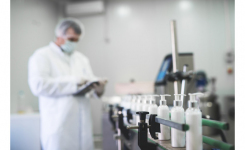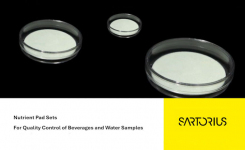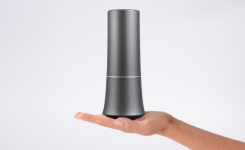Report Compares Compendial and Rapid Methods for Monitoring Water Quality
go back to news archives
A recent article by Dr Eric Bagur from Bristol-Myers Squibb in France entitled 'Concurrent Evaluation of both Compendial and Rapid Methods (ATP Bioluminescence) for Monitoring Water Quality in Pharmaceutical Manufacturing' published in European Pharmaceutical Review covers both situations. The Pallchek™ Rapid Microbiology System was used to monitor production quality of functionally sterile water (e.g. WFI) and for PW. The author provides testing procedures with examples of how data obtained can be interpreted and used for quality assurance and control. The simple, clear guidance provided in this paper can quickly and easily be applied to most water systems. The paper can be viewed at: http://www.pall.com/biopharm_49930.asp |
NOTE: This item is from our 'historic' database and
may contain information which is not up to date.
Source : Pall Life Sciences View Company Information
Posted on June 3, 2009
LATEST MICROBIOLOGY NEWS
-
New Self-collection Devices from MWE
01 Jul 2025
MICROBIOLOGY EVENTS
-
AI for Food Safety Professionals
8 Jul 2025 -
Main Challenges in Allergen Testing and How to Overcome Them
9 Jul 2025 -
Getting Equipped for the Future with the New MAS-100 Sirius® Microbial Air Sampler
10 Jul 2025 -
FEMS Micro
14 Jul 2025 -
Unmasking Endotoxins: A Sample Preparation Strategy to Overcome LER
15 Jul 2025 -
IAFP 2025
27 Jul 2025 -
ADLM 2025
27 Jul 2025 -
Food Safety Culture Workshop
9 Sep 2025 -
Who are the "Real" Spoilers in Food?
11 Sep 2025 -
CPD accredited course: Level 3 HACCP & Food Safety
15 Sep 2025



